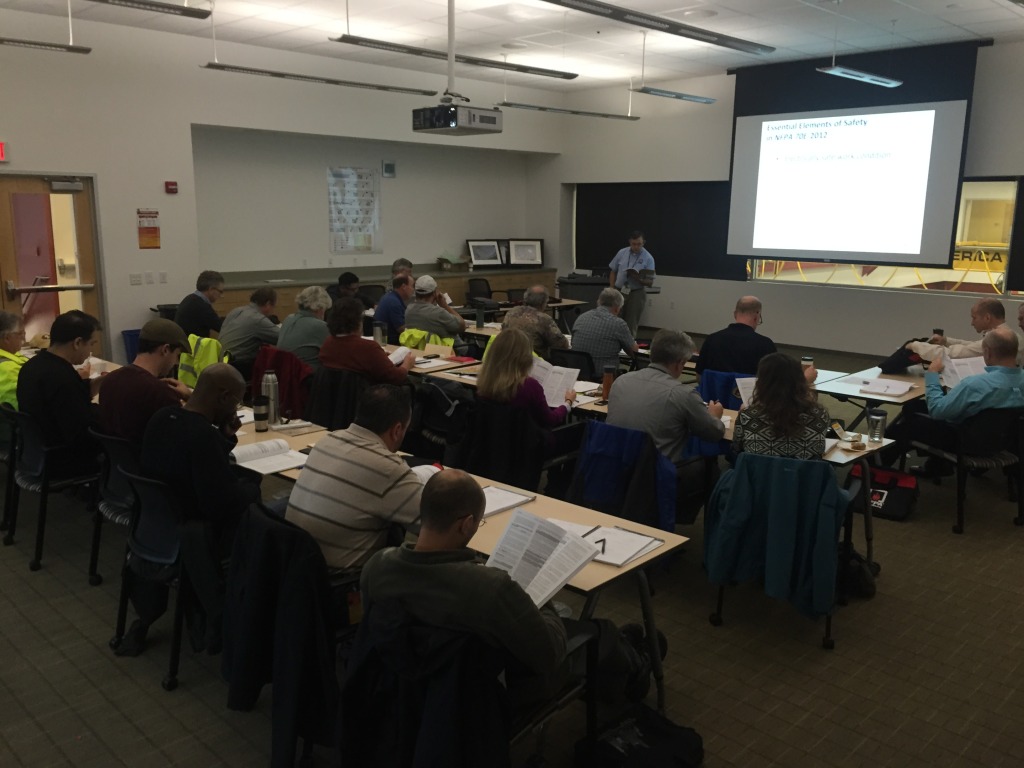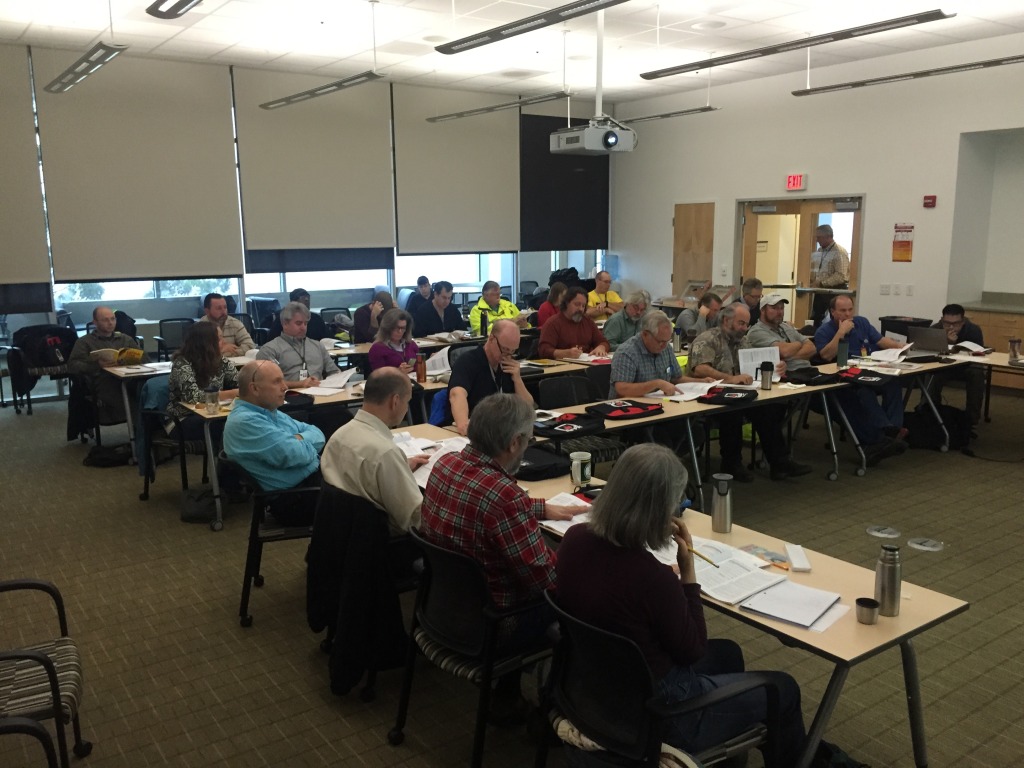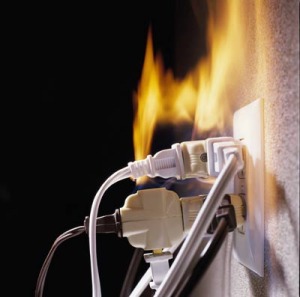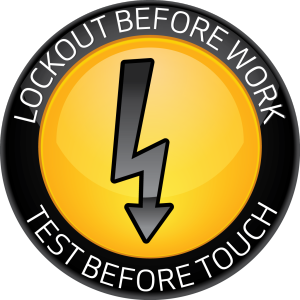While the Laboratory is in a state of Curtailed Operations, the Electrical Safety Group will reduce it’s on site presence to practice “Social Distancing”. Support of the Laboratory’s mission will continue to take place remotely. Requests that require on-site support will be prioritized and coordinated to ensure best use of limited resources. Response time may be delayed.
For LOTO support requests click here
For Non-NRTL (small chassis) equipment inspection support click here
For Electrical Installation Inspection requests click here
For Divisional electrical safety contacts or other requests click here




